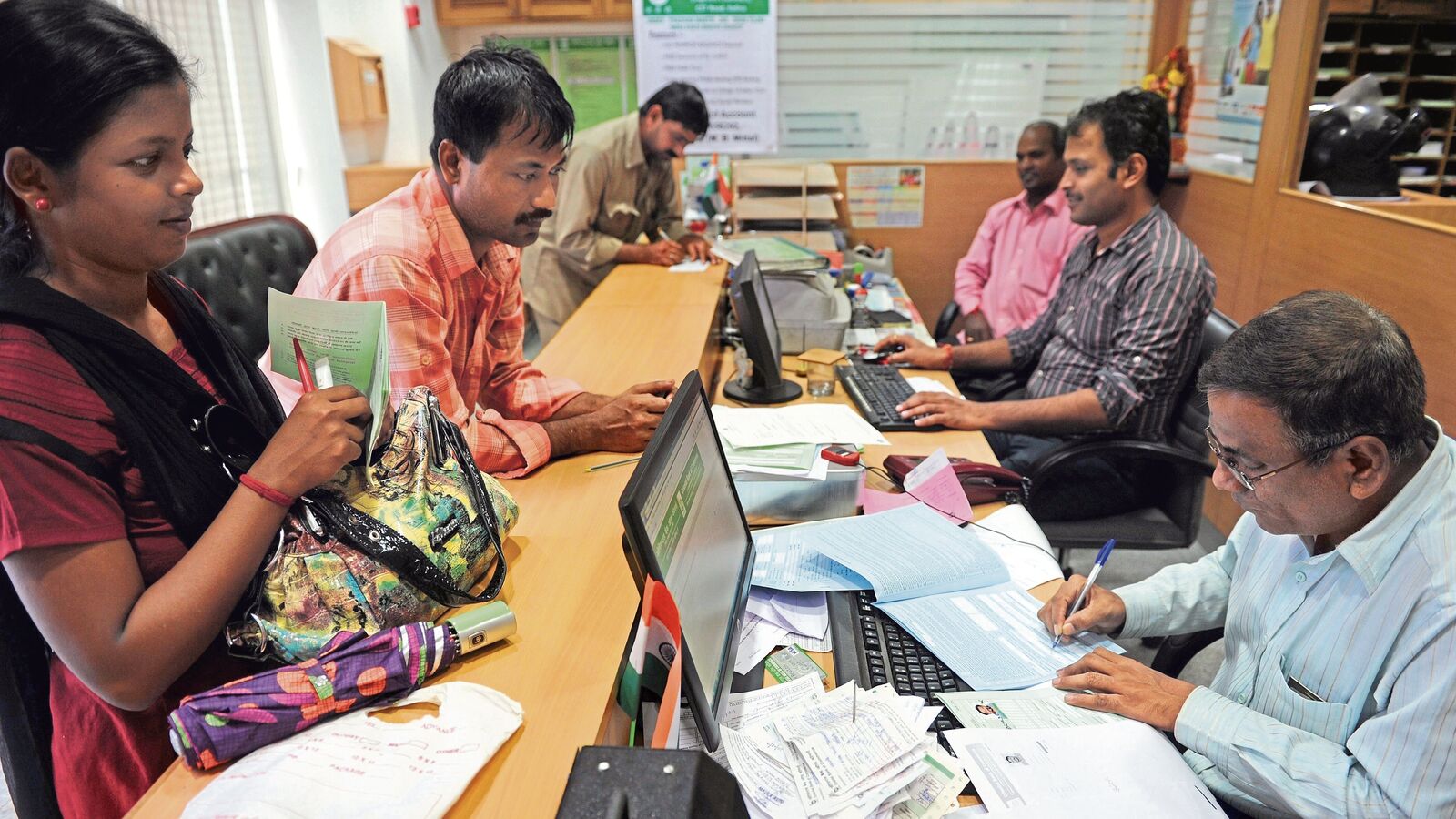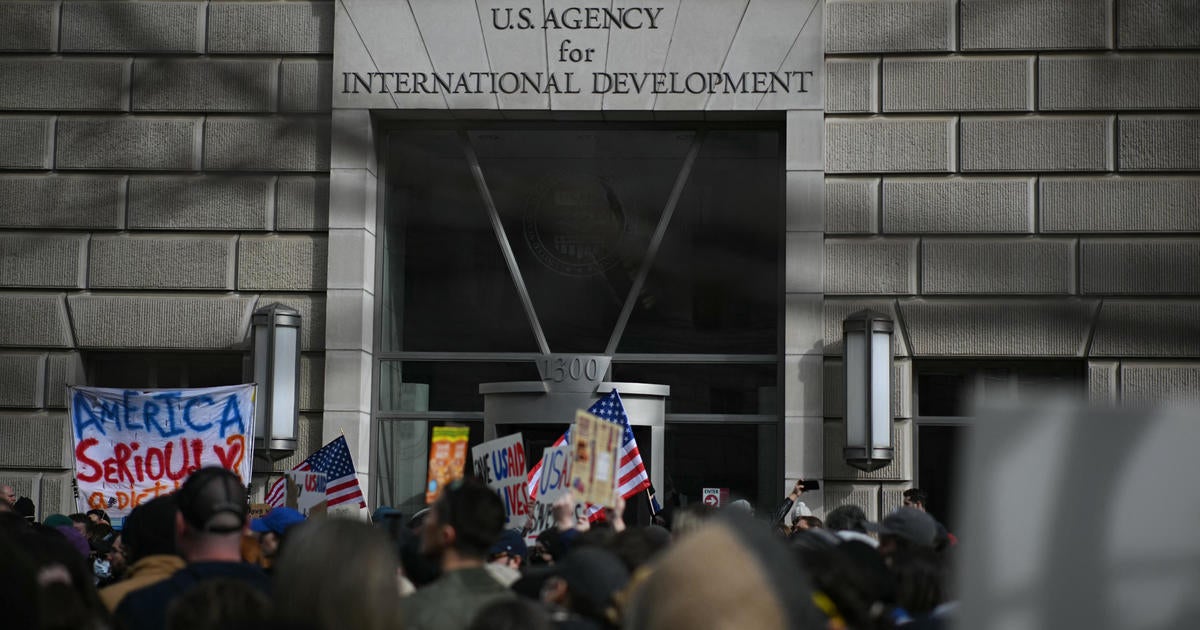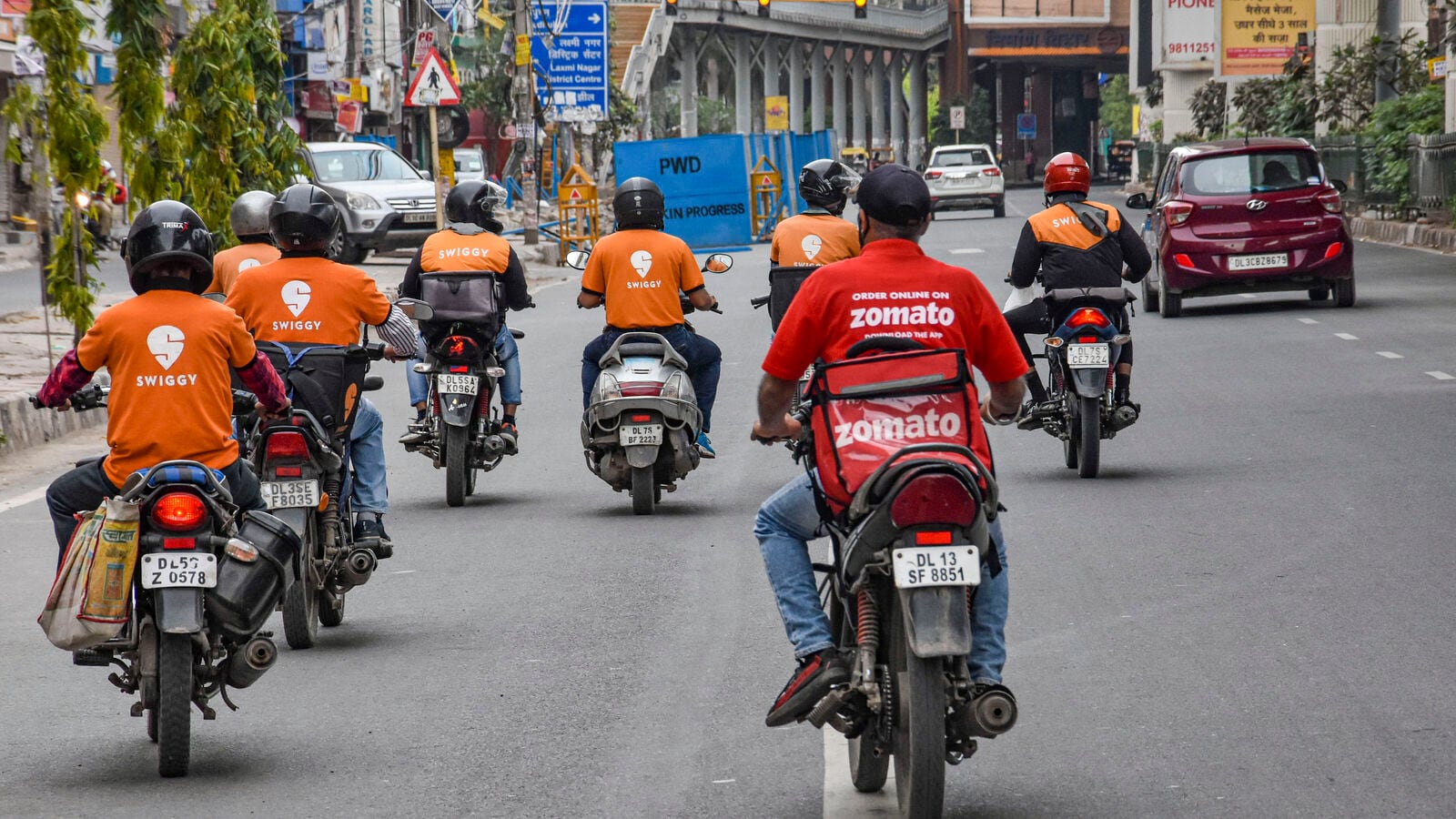The asset quality pain emerging from the microfinance sector has intensified, with most private sector banks and some state-owned lenders getting singed by a surge in delinquencies.
While some of the elevated stress was due to seasonal agriculture loan slippages, which tend to rise in the first and third quarters of each financial year, much of it was due to other factors. These included increased borrower indebtedness, rising early-stage delinquencies in small-ticket loans, increased spending during the festival season, and a fall in collection efficiencies owing to elections in several states.
Higher provisions
The stress has resulted in elevated provisioning as lenders set aside buffers against these delinquencies, subsequently weighing on their operating profit and the bottomline. Although traditional microfinance companies—classified as non-banking financial company MFI or NBFC-MFI—have the largest share in microloans, banks are not far behind.
While NBFC-MFIs had a market share of 39.2% as on 30 September, banks had a share of 32.1%, according to the latest data from a report by credit bureau Crif High Mark.
Private sector lender IndusInd Bank’s microfinance business, under Bharat Financial Inclusion, saw slippages of ₹695 crore during the three months through December. Even as bad loans rose, disbursements for the quarter increased on pent-up demand and improved customer eligibility. The bank said that the disbursement rate was well below the historical run rate and is focussed on vintage customers and centres.
“Overall, while incremental stress formation is showing early signs of stability, we continue to be cautious on the microfinance segment,” Sumant Kathpalia, chief executive of IndusInd Bank, said on 31 January.
“We are also watchful of implications from the new MFIN guidelines once they get implemented,” said Kathpalia. In December, the lender put up loans worth ₹1,573 crore for sale.
Mint reported on 1 January that Microfinance Industry Network (MFIN), the sector’s self-regulatory organization (SRO), has deferred the implementation of limiting the number of lenders to three per borrower to 1 April, giving lenders more time to manage stress and delinquencies. The sector’s SRO introduced the new cap in November, along with a few other guidelines around micro-lending.
Microfinance sector stress
Lenders maintain that because the microfinance portfolio is a very small part of their overall book at single digits, the impact on asset quality is minimal. Even so, most believe that the microfinance sector’s stress is expected to continue for another two to three quarters.
Rival lender RBL Bank saw a net slippage of ₹521 crore in joint liability group or JLG loans, as against ₹231 crore last quarter. In microfinance parlance, JLG are groups of four to ten individuals who come together to take a loan without collateral. This ensures that the entire group is responsible for the repayment. At RBL, outstanding JLG loans shrank 4% year-on-year to ₹6,532 crore as on 31 December, while aggregate retail loans grew 19% y-o-y.
R. Subramaniakumar, chief executive of RBL Bank, told analysts on 18 January that this uptick in slippages “was expected given high SMA-1 and 2 balances that we had seen as on 30 September 2024.” In the JLG segment, the situation on the ground has been in flux for most of the past months, but December has seen the first material uptick in collection efficiency and the recoveries of old non-performing assets, said Subramaniakumar.
To be sure, banks had started taking steps to limit the impact of microfinance stress. In the September quarter, most banks had tightened underwriting for microfinance loans as lenders across the board reported elevated slippages.
Larger lenders typically have exposure to the microfinance sector through their loans to microfinance institutions rather than direct exposure, given these loans’ extremely small ticket size. For instance, although SBI has limited microfinance exposure, it does lend to non-banks that go on to lend to small customers.
In the Q3 analyst call, Axis Bank’s chief risk officer Amit Talgeri said that given the heightened stress on such lending, the bank has significantly slowed down microfinance disbursals, is watching the space closely and has strengthened its collection capacity. Other banks such as IDFC First Bank, Bandhan Bank and Federal Bank also flagged higher delinquencies in the microfinance segment during the quarter and guided that they have become cautious on the segment.
Cyclical stress
State Bank of India chief general manager Govind Narayan Goyal said at an event on 17 January that the increased stress in the microfinance sector is cyclical and poses temporary challenges, and things are expected to begin improving from Q4 FY25 and Q1 FY26. He specified that the bank finances MFI in three forms—co-lending through MFIs, purchasing pools of MFI loans through the direct assignment route, and extending term credit to firms for on-lending.
Given lenders’ heightened caution, experts expect a slowdown in microloans. Rating agency Icra expects assets under management of NBFC-MFIs to fall to 0-5% in FY25 from 29% in FY24 on asset quality concerns.
In January, India Ratings and Research said it revised the outlook on the microfinance (MFI) sector to deteriorate from neutral while maintaining a stable rating outlook for FY26. “Near-term challenges are likely to continue to play out with a recovery expected in the second half of FY26,” Karan Gupta, head and director financial institutions, India Ratings and Research, said on 7 January.
The stress in microloans has also impacted non-bank lenders with diversified portfolios. L&T Finance attributed the rising stress to macro events such as a prolonged heatwave, severe floods in several states and temporary slowdown of government expenditure and grants due to general elections.
Meanwhile, in the earnings call, Piramal Capital and Housing Finance’s managing director Jairam Sridharan said that the microfinance segment is going through a “very tough and challenging” time, leading to a rise in delinquencies and credit cost for the segment.
“We probably have one more quarter of pain left in this portfolio,” Sridharan said. He, however, added that the company continues to like the business from a long-term perspective and will continue to grow this book in the future.
banking,asset quality pain,microfinance sector,private sector banks,state owned lenders,borrower indebtedness,early state delinquencies,small ticket loans,agriculture loan slippage
#plague #souring #small #loans



